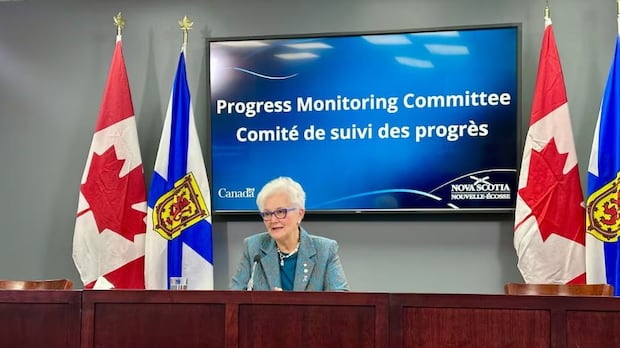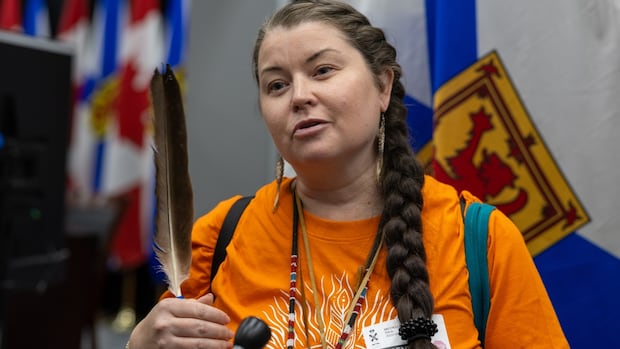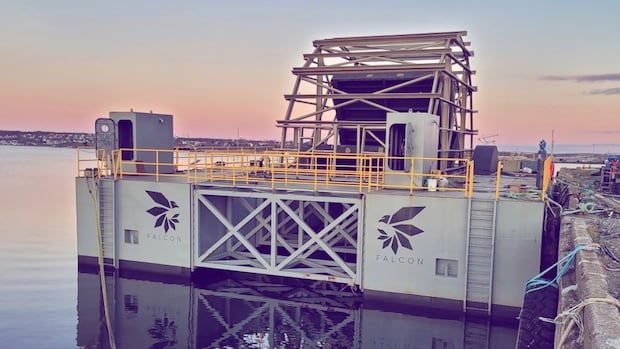Industry, environmental group at odds over multi-year herring quota reduction

The Herring Science Council is pushing back against a reduced quota in the Bay of Fundy and off southwest Nova Scotia, but an environmental group says further cuts could have been beneficial.
Earlier this month, the Department of Fisheries and Oceans announced the total allowable catch for the fishery would be lowered to 16,000 tonnes per season until 2027.
Gary Melvin, a scientific adviser with the council, said data showed maintaining the 2023 allocation of 21,000 tonnes could allow the stock to be rebuilt by 2030. He said the industry-funded research group, which collects data on the fishery, feels the stock is no longer in the critical zone.
“It’s a very critical point because the restrictions imposed when you’re in the critical zone are very different from those when you’re in the cautious and the healthy zone, and it has serious implications to the resource,” Melvin said. “So what we’ve been arguing is to get back to the table and try and resolve these issues.”
Required by law
Shannon Arnold, who leads the marine program at the Ecology Action Centre, said the federal science has been reviewed and the stock needs to recover.
Under the Fisheries Act, there’s a requirement to rebuild fish stocks in the critical zone within a “reasonable time frame.”
“There were certainly choices that could have been made that would have been a lower fishing level that would have given us a better chance,” said Arnold. “We don’t want to see another fishery closed like mackerel has been. So there’s a reason that those laws are put in place, because that is what’s required when you have a population that’s being overfished for so long.”
Arnold said the multi-year total allowable catch could provide data to determine where improvements can be made.
“This kind of back and forth argument that’s delayed setting a quota in line with the law actually has been happening for the last few years,” said Arnold.
‘Massive socioeconomic impacts’
Still, the industry feels the quota could be detrimental.
“This is a great fishery that supports a lot of rural communities, the lobster industry,” said Matt Walsh, president of the Herring Science Council. “There’s going to be massive, massive socioeconomic impacts because of this reduction that was unnecessary.”
Previously, DFO said the decision was necessary to ensure recovery and protect the resource for future generations. To date, the total allowable catch has been cut by more than half, from 50,000 tonnes in 2016 and 42,500 tonnes in both 2017 and 2018.
The Department of Fisheries and Oceans did not return a request for comment.




